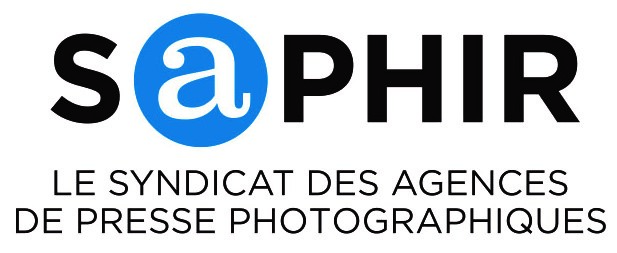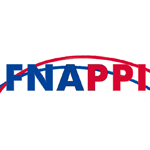On July 9th, the European Parliament will vote on the consolidated Reda Report on the implementation of the EU copyright Directive.
Ahead of this vote a campaign was launched by Julia Reda’s Pirate party and Wikipedia to upheld the freedom of panorama, one of her most ernest defeats on this report. This campaign has been particularly virulent in Germany: several major news outlets have run stories on the restriction to the freedom of panorama, a petition has been launched on Change.org, a twitter campaign etc.
The possibility of a change of the status quo provoked considerable emotion in CEPIC’s membership too, in particular in those countries presently benefiting from the freedom of panorama: Germany, UK, Spain. German member BVPA have called their members to sign the petition to upheld the freedom of panorama, calling it “a pillar of photography“.
On the other hand, French member SNAPIG, in line with the French association of photographers UPP, have expressed their support of the status quo in France and denounce a campaign of misinformation: they see no benefit in the implementation of a new exception, in effect weakening copyright i.e. the protection of authors.
In view of these contrasted positions, what can be said on the proposed amendements and what is the way forward?
Preliminary remarks:
- The proposition of Ms. Reda was ambiguously worded. The proposal focused on the “use of photographs, video footage or other images of works“. The proposal could therefore be understood, or easily interpreted, as making all photographs representing works on a public space completely free when actually the freedom of panorama is about the liberty of photographing works freely and communicating them to the public without the obligation of asking an authorization or paying a fee to the authors of these works but without prejudice to the rights of the photographers which remain unchanged.
(16. Calls on the EU legislator to ensure that the use of photographs, video footage or other images of works which are permanently located in public places is permitted;)
- CEPIC fully support J.M. Cavada’s political positioning on the responsibility of internet service providers. CEPIC’s recent position paper published in June 2015 (LINK HERE) goes in this direction.
MEP Jean Marie Cavada (Vice Chair of the committee on legal affairs at the origin of the amendment restricting the freedom of panorama), justifies his amendment by the necessity that Internet service providers accept their responsibility and pay for the commercial usage of images distributed on their platform (not the user).
(46.Considers that the commercial use of photographs, video footage or other images of works which are permanently located in physical public places should always be subject to prior authorisation from the authors or any proxy acting for them;)
That being said:
- Neither the original proposal nor the voted amendment do justice to the complexity of the topic. and, more crucially, none of them take into account the specific needs of photo libraries and professional photographers, who would be the most affected by this amendment in terms of costs and additional obligations, at least in these countries presently benefiting from the exception of panorama. The picture industry is a fragile industry suffering from a high level of internet piracy and steadily droping prices.
Therefore:
- An amendment of this importance requires a thorough impact assessment allowing a judgement in full knowledge of the consequences of this change. Unfortunately the over-simplified information spread through a superficial campaign, notably from Ms. Reda and Wikipedia, do not do justice to the complexity of the subject and of national situations and jurisprudence.
Conclusion:
- After months of work and considerable input from all political parties represented at the European Parliament, it would be a mistake to re-open the Reda report – let it be reminded, a non legally binding piece of legislation – on the 9th of July. CEPIC would be content with having controversial Art. 46. removed.
Myths & facts about the optional panorama exception
(document published by EVA and GESAC)

















